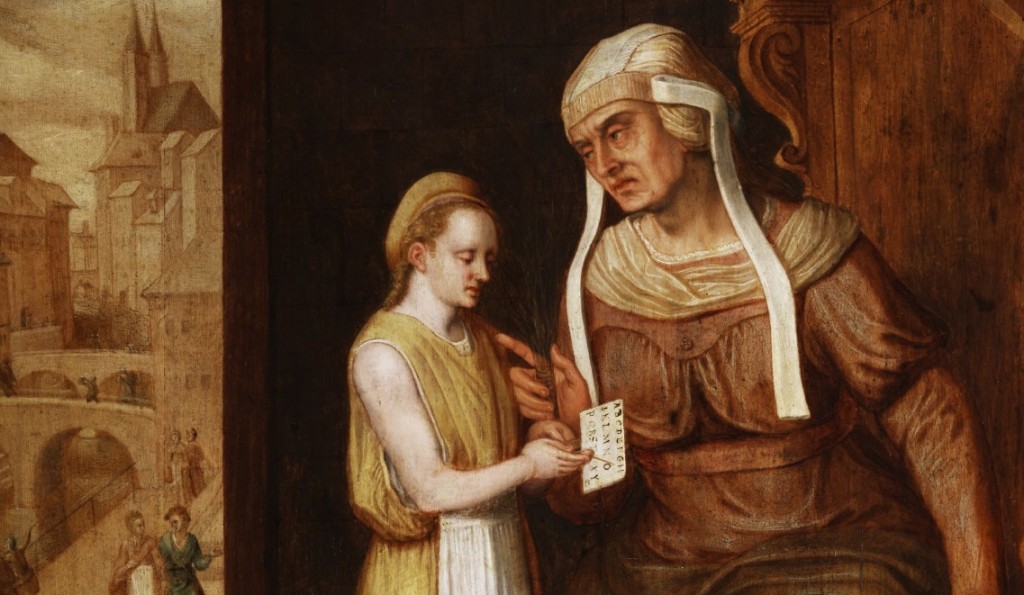Although history repeats itself, if it is not taught properly, we will not learn from it. Hungarian education distorts the events of the past to accommodate a glorified but inaccurate image of historic Hungary.
Budapest is a beautiful city which is worth visiting. The castle is a sight that dominates the landscape among the houses, and for those who venture up to its hills, the cobblestones lend a quaint and charming atmosphere. Yet, nowadays, the seemingly old facades hide modern, concrete walls, as many of the buildings have been rebuilt in the spirit of a Potemkin village.
They are functional but fake. Nevertheless, they have a real purpose: to venerate a Hungarian past that never existed. This mentality also plagues history classes.
Instead of teaching historic facts, classes often incorporate folk tales and other romanticized stories. In the lower grades of primary school education, history is taught through stories, which is appropriate. However, these stories should at least be based on facts rather than serving nationalistic propaganda.
One book, for instance, recounts a folk tale about the Mongol invaders being repelled in a Hungarian village by women throwing paprika in their faces. Paprika is strongly connected to the Hungarian spirit, so it is symbolic that the foreigners are defeated by a spice representing national pride, similar to how Asterix stopped the Romans in their Gallic village with the secret elixir.
However, in truth, paprika originated in America, and European trade with it only began centuries after the Mongol invasion. This is just one example of the myths that form the foundation of later historical education.
King Matthias is still remembered by most Hungarians as a benevolent king who roamed the towns dressed as a commoner to help people and for defeating the Turks. This legend developed centuries after the king ruled. In reality, he overtaxed the people and instead of providing financial aid to Western Europe to fight against the Turks, he besieged Vienna.
This motif is repeated throughout Hungarian history and its denial is ever present in classes. After the Turks occupied a large part of Hungary, the country was split between the Ottomans and the Habsburgs. Propaganda that seeps into classes portrays the honest Hungarian freedom fighters, called Kuruc, fighting the Austrians for their liberty. In truth, they were mostly Protestant disliking the Catholic Habsburg, and they were paid by the Ottomans to harass the Western armies.
It is often said in education Hungarians that Poles and Hungarians were always friends. Yet the Kuruc armies harassed the Poles as well when their king went to liberate Vienna from the Ottoman siege. Even today, when the two countries were in close alliance over EU sanctions due to rule of law violations, a divide is widening over Hungary’s lukewarm stance on Putin’s aggression.
Other recent events in foreign politics show that a romanticized education, rather than a factual one, is important. Hungarian Prime Minister Viktor Orbán claimed that Croatia (or at least some unnamed port) belonged to Hungary, much to the chagrin of the Croats, as their country was autonomous but ruled by the King of Hungary.
Factual history has never been a strong suit of Hungarian education. The communist regime obviously did not excel in wanting the truth to be taught, but even after the democratic changes, romanticism that served national pride rather than facts became the motive behind education. Today, with the government excerting heavy control on teachers, schools and the textbook industry, the situation is worse than ever.
Yet history teaches us the mistakes of our ancestors. It serves as a guideline and a warning. One such warning is that if the state has too much power over schools and the curriculum, it will use it for propaganda purposes, much like the communists did. If legends and propaganda are taught rather than the truth, and if children are taught fake informationinstead of critical thinking, liberal democracies are in danger. It is for this reason that it is vital that fiction, rather than facts, is taught in the school of illiberal Hungary.
Continue exploring:
Academic Freedom (or Lack Thereof) in Hungary
Being Female (Politician) in Hungary – Contract for Never-Ending Obstacle Race



